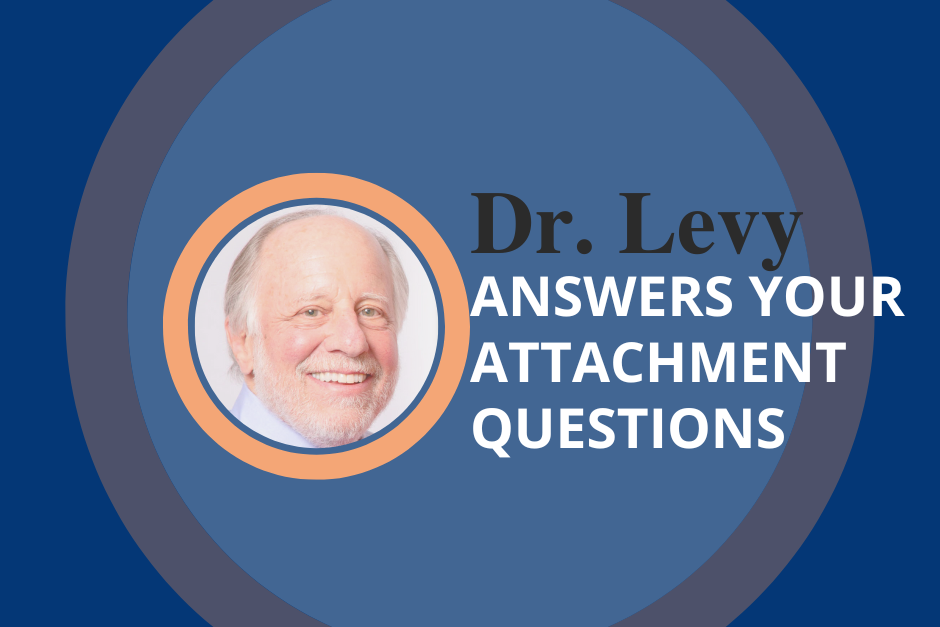As a parent or caregiver of a child who has experienced earlier trauma or neglect, you are probably routinely on a roller coaster ride of emotions with them. You likely also witness frequent temper tantrums and often impulsive, sometimes destructive and maybe even dangerous behaviors.
It is important to know that these outbursts don’t mean that a child is a ‘bad kid,’ but rather, that their early childhood experiences have interfered with a basic developmental step. The ability to regulate and control one’s impulses, emotions, and level of arousal is learned in the context of the secure attachment relationship during the first three years of life. A child with attachment disorder has failed to master this stage-specific task, due to a lack of security and support. When they experience abuse, neglect or interpersonal trauma in early childhood, we tend to see a chronic inability to modulate, emotions, behaviors and impulses.
Maltreatment affects the biological and psychological ability to self-regulate and often leads to a variety of psychosocial problems, including aggression against self and others as a child gets older. There is even evidence that chronic stress experienced prenatally influences the biological development of stress reactivity and self-regulation later.
The Mutual Regulatory Process
From birth to age 3, children rely heavily on parents and caregivers to help them learn to control their emotions, impulses and behavior. Secure attachment with a primary caregiver is critical to learning self-control. In a securely attached relationship, where the caregiver and infant are attuned to each other, they are engaging in a “mutual regulatory process.” In other words, the infant signals distress or hunger by crying, the caregiver responds by comforting and feeding the child. The infant calms down. Conversely, when they talk and play with the infant, the caregiver influences the infant’s level of arousal, the child makes happy gurgling noises and in response, the parent smiles or laughs. The reliable and appropriately responsive caregiver provides a balance of stimulation and soothing to modulate the infant’s level of arousal.
This mutual regulatory process breaks down under conditions of anxious attachment. In these situations, children often fail to develop self-regulation abilities because their caregivers did not provide the necessary support and security. Neglectful and abusive caregivers, or separations and other attachment disruptions, can result in chronic over- or under-arousal in infants and toddlers. Even six years later, research shows that attachment security during infancy is a predictor for self-control. Studies show that school-aged children, who are securely attached, are typically more successful in the classroom and in establishing positive relationships with their peers.
Meanwhile, children who lack attachment and are not able to regulate emotions, impulses and responses to external stress, tend to develop an unhealthy internal working model (core beliefs) that leads to disturbances in their sense of self and how they view themselves. They have a harder time controlling impulses and developing intimate and trusting relationships. These children have frequent and prolonged temper tantrums, are accident-prone, impulsive and desperately seek attention not previously experienced. They are restless, irritable, have a brief attention span and have little frustration tolerance during the preschool years. By age 5, they are angry oppositional and show a lack of enthusiasm. Their inability to control impulses and emotions leads to aggressive acting out and a lack of enduring and satisfying relationships with peers and others.
Self-Regulation and the Brain
When a young child experiences chronic and toxic stress (instead of secure attachment) it can impair the proper development of their brain circuitry, resulting in self-control problems. Several brain regions are involved in the ability to learn self-control skills, The prefrontal cortex, located behind the forehead is involved in attention and organizational skills, including following rules, suppressing impulses, reasoning and decision-making. The orbitofrontal cortex located behind the eyes is involved in decision-making and reward, especially when the decision involves a delay of gratification. The anterior cingulate receives messages from the various brain regions and regulates cognitive and emotional responses. It is involved in controlling behavior in challenging situations and adjusting behavior when a strategy is not working. These brain regions develop normally under conditions of safety and low to moderate stress, but development is impaired when there are high levels of stress and interpersonal trauma.
While early childhood experiences of trauma and neglect can interfere with the development of self-regulation, do not despair. Healing parents and caregivers, with help from a qualified mental health professional, can build secure attachment and teach better impulse control and decision-making.


